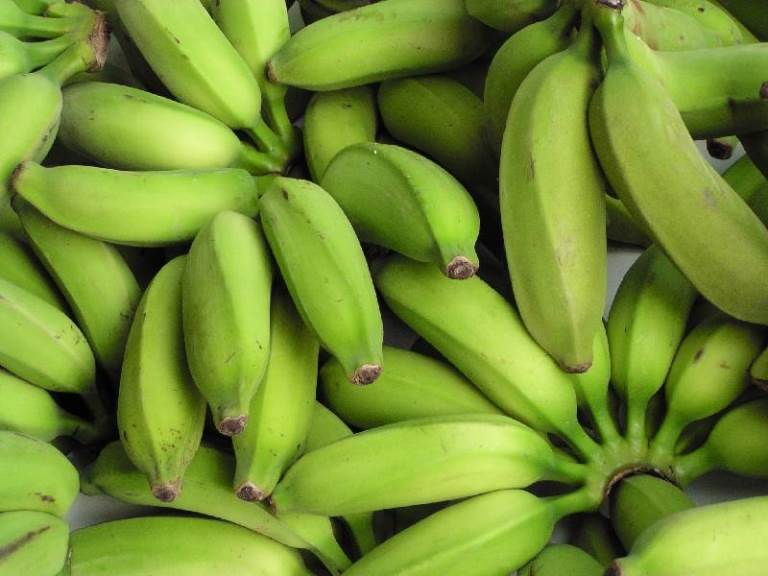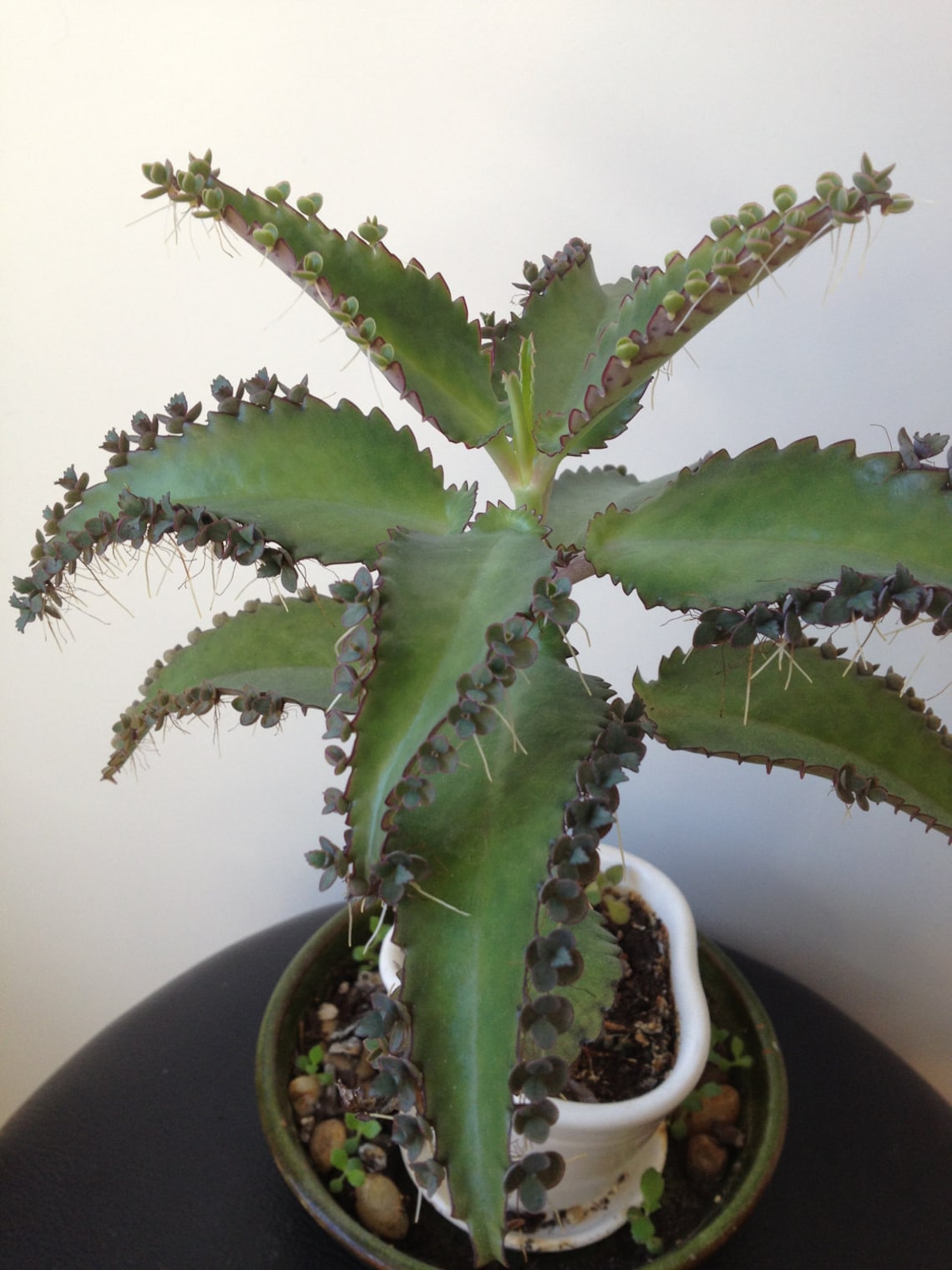This time around, we shall cover What Has More Fiber An Apple Or Pear. Obviously, there is a great deal of information on How Much Fiber Per Day on the Internet. The rapid rise of social media facilitates our ability to acquire knowledge.
information about Apple Pear Benefits is also related to Pears Vs Apples Glycemic Index and which fruit has more fiber apple or pears. As for further searchable items pertaining to Apple Pear Benefits, they will likewise have anything to do with what has more fiber an apple or pear.

15 Unexpected Facts About What Has More Fiber An Apple Or Pear | Apple Pear Nutrition
- For nutritional reasons, we’re often advised to consume the skins of fruits. However, it’s less often that research provides strong evidence in support of this advice. Recent studies have shown that the skin of pears contains at least three to four times as many phenolic phytonutrients as the flesh. These phytonutrients include antioxidant, anti-inflammatory flavonoids, and potentially anti-cancer phytonutrients like cinnamic acids. The skin of the pear has also been show to contain about half of the pear’s total dietary fiber. - Source: Internet
- Since pears are very perishable once they are ripe, the pears you find at the market will generally be unripe and will require a few days of maturing. Look for pears that are firm, but not too hard. They should have a smooth skin that is free of bruises or mold. The color of good quality pears may not be uniform as some may feature russetting where there are brown-speckled patches on the skin; this is an acceptable characteristic and oftentimes reflects a more intense flavor. Avoid pears that are punctured or have dark soft spots. - Source: Internet
- Virtually all of these phytonutrients have been shown to provide us with antioxidant as well as anti-inflammatory benefits. As a result, intake of pears has now been associated with decreased risk of several common chronic diseases that begin with chronic inflammation and excessive oxidative stress. These diseases include heart disease and type 2 diabetes. - Source: Internet
- Pears are found in a variety of colors, including many different shades of green, red, yellow/gold, and brown. Many varieties fail to change color as they ripen, making it more difficult to determine ripeness. (For more about selection of pears, please see our How to Select and Store section.) - Source: Internet
- Bartlett: best known of the pear varieties in the U.S., and most often the variety found in cans. Bartletts are yellow/green and speckled, and sometimes called Williams pears - Source: Internet
- If you will not be consuming the pears immediately once they have ripened, you can place them in the refrigerator where they will remain fresh for a few days. If you want to hasten the ripening process, place them in a paper bag, turning them occasionally, and keep them at room temperature. Storing pears in sealed plastic bags or restricted spaces where they are in too close proximity to each other should be avoided since they will have limited exposure to oxygen, and the ethylene gas that they naturally produce will greatly increase their ripening process, causing them to degrade. Pears should also be stored away from other strong smelling foods, whether on the countertop on in the refrigerator, as they tend to absorb smells. - Source: Internet
- Fresh pears are delicious eaten as is after gently washing the skin by running it under cool water and patting it dry. Since their skin provides about half of the pear’s total dietary fiber as well as its antioxidant and anti-inflammatory phytonutrients,, it is best to not peel the fruit but eat the entire pear. To cut the pear into pieces, you can use an apple corer, cutting from the fruit’s base to remove the core, and then cutting it into the desired sizes and shapes. Once cut, pears will oxidize quickly and turn a brownish color. You can help to prevent this by applying several drops of lemon, lime or orange juice to the flesh. - Source: Internet
- best known of the pear varieties in the U.S., and most often the variety found in cans. Bartletts are yellow/green and speckled, and sometimes called pears Bosc: cinnamon brown-skinned pears with long tapered necks with a honey-like but complex flavor - Source: Internet
- Esophageal cancer (specifically, esophageal squamous cell carcinoma, or ESCC) is a third cancer type for which pear intake helps lower risk. In a very large-scale study conducted by the National Institutes of Health and the American Association of Retired Persons (involving 490,802 participants), pears were found to be a key food associated with reduced risk of ESCC. Interestingly, numerous foods belonging the rose (Rosaceae) family were also found to lower risk of ESCC, including apples, plums, and strawberries. - Source: Internet
- As with all of the World’s Healthiest Foods, we recommend that you purchase certified organic pears to lower your risk of exposure to unwanted pesticides, sewage sludge contaminants, and any potential risks associated with irradiation or genetic engineering. Fortunately, over 250 certified organic farms in the U.S. now produce over 20,000 tons of organic pears, and so these delicious fruits are getting easier to find in organic form. - Source: Internet
- While pears are not an unusual source of conventional antioxidant or anti-inflammatory nutrients (for example, vitamin E or omega-3 fatty acids), the phytonutrient category is where this fruit excels. For example, in the Baltimore Longitudinal Study of Aging (1,638 participants, average age range 62-69 years), the combination of apples/pears ranked as the second highest source of flavonols among all fruits and vegetables - partly due to the epicatechin richness of pears. Average flavonol intake in the study was about 14 milligrams per day, and one pear can provide about half of this amount all by itself. The list of phytonutrients found in pears has been of special interest to researchers, and the list below summarizes their findings about key phytonutrients provided by this fruit. - Source: Internet
- Pears are a member of the rose family of plants (Rosaceae), which, in addition (of course) to roses, contains a long list of fruits including apples, apricots, cherries, chokeberry, crabapples, loquats, peaches, plums, quinces, raspberries, serviceberries, and strawberries as well as the tree nut, almonds. The many different varieties of pears commonly found in U.S. groceries all belong to the same category known as European Pear (Pyrus communis). These pears typically have a rounded body that tapers into a neck of various lengths. - Source: Internet
- It’s become fairly common to hear both laypersons and healthcare practitioners talking about pear as one of the more easily digested fruits. In fact, many practitioners recommend that pear be one of the first fruits considered when it comes time to introducing an infant to his or her first pureed fruits. Even though we have been unable to find large-scale human studies to support these digestibility claims, we don’t question the fact that easier digestion has been experienced by many individuals in the context of pears versus other fruits. One factor that may come into play here is the low acid nature of pears, especially in comparison to widely enjoyed citrus fruits like lemons, grapefruits, and oranges. - Source: Internet
- a widely available, compact, and short-necked pear. It doesn’t change color much while ripening, so you’ll need to use the stem test described in our How to Select and Store section. Red Anjou: very much like its green counterpart, except a rich reddish maroon in color and higher in anthocyanins (which is the main reason for its rich red color) - Source: Internet
- red/green and speckled like a trout, and thus the name, meaning “trout” in German. A small-sized pear that yellows as it ripens. Green Anjou: a widely available, compact, and short-necked pear. It doesn’t change color much while ripening, so you’ll need to use the stem test described in our How to Select and Store section. - Source: Internet
 To begin started, here are some tips for finding information about Can I Eat Apple And Pear Together:
- Research what has more fiber an apple or pear-related information from credible sources. This includes libraries, websites, and even journalistic professionals.
- When researching Apple Pear Nutrition, it is vital to be aware of the numerous sorts of electronic media sources, such as Google and YouTube. Social media platforms, such as Facebook and Twitter, are also likely to contain information regarding which fruit has more fiber apple or pears.
To begin started, here are some tips for finding information about Can I Eat Apple And Pear Together:
- Research what has more fiber an apple or pear-related information from credible sources. This includes libraries, websites, and even journalistic professionals.
- When researching Apple Pear Nutrition, it is vital to be aware of the numerous sorts of electronic media sources, such as Google and YouTube. Social media platforms, such as Facebook and Twitter, are also likely to contain information regarding which fruit has more fiber apple or pears.Video | What Has More Fiber An Apple Or Pear
To obtain the most accurate information about Pears Vs Apples Glycemic Index, it is essential to investigate the credibility of each source by reading.
This article contains multiple which fruit has more fiber apple or pears-related films from a variety of sources, which will expand your understanding about which fruit has more fiber apple or pears. Internet is an excellent resource for getting information on a range of subjects.
## Here are some crucial points concerning Can I Eat Apple And Pear Together:- What Has More Fiber An Apple Or Pear
- What Has More Fibre Apple Or Pear
- Which Fruit Has More Fiber Apple Or Pears
- Pear Vs Apple Sugar
- How Much Fiber Per Day

With so many websites and forums giving Apple Pear Benefits-related information, it is not difficult to locate what you require.
This is a highly unconventional method for obtaining knowledge about Apple Pear Benefits, compared to what most people are accustomed to. It permits a more in-depth examination of the content and application of information regarding what has more fiber an apple or pear.
 Methods for creating aesthetically pleasing and informative displays of Pear Vs Apple Sugar information. They can be utilized in business and marketing environments to convey messages regarding what has more fibre apple or pear. Consequently, we additionally supply photographs regarding Apple Pear Nutrition.
Methods for creating aesthetically pleasing and informative displays of Pear Vs Apple Sugar information. They can be utilized in business and marketing environments to convey messages regarding what has more fibre apple or pear. Consequently, we additionally supply photographs regarding Apple Pear Nutrition.
This article concludes by providing an overview of what has more fibre apple or pear. In addition, which fruit has more fiber apple or pears and Pear Vs Apple Sugar are discussed to compare your understanding of Apple Pear Benefits.